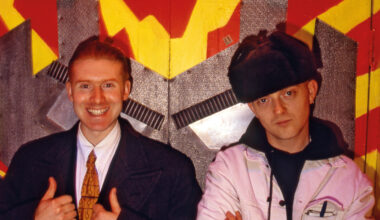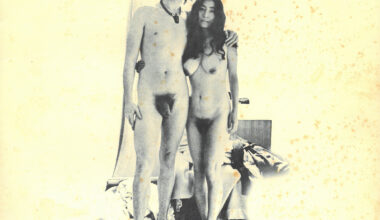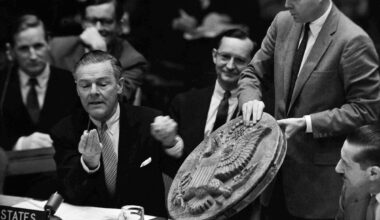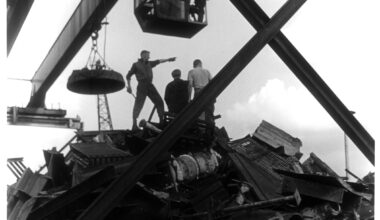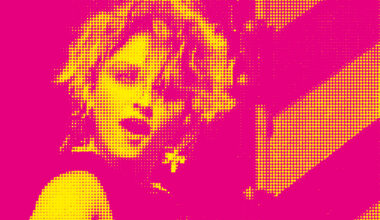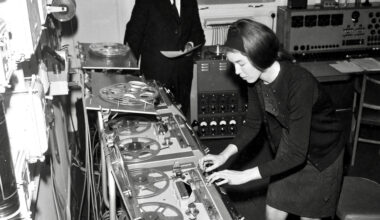It’s 1967, the Summer of love, and San Francisco’s Fifty Foot Hose are raising the roof in a makeshift venue with an equally makeshift box of tricks…
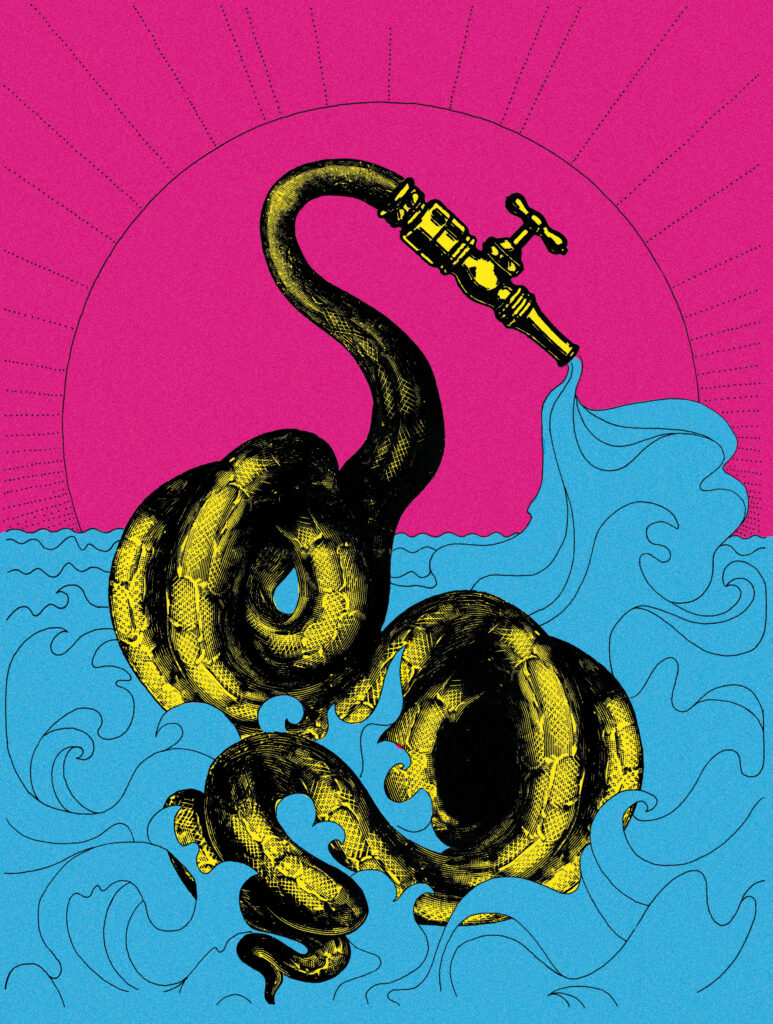
It’s 1967, the Summer Of Love, and Cork Marcheschi is bent over a six-foot-long plywood box at an abandoned roller skating rink, bewildering an audience of hippies. The rink, in Redwood City on the San Francisco peninsula, is a temporary music venue and the box contains a home-made electronic instrument that Marcheschi “plays” in his band Fifty Foot Hose.
At first glance, plywood box aside, it was a typical event of its time. San Francisco was teeming with psychedelic bands, and obliging promoters set up venues in any empty space big enough to accommodate a crowd of hippies. But Fifty Foot Hose were not your typical late-60s San Francisco band. By dint of simultaneously inhabiting the region’s rock circuit and art and avant garde music scenes they’d developed a hybrid aesthetic that puzzled audiences, yet makes them an enduringly intriguing proposition.
Led by Marcheschi and guitarist David Blossom, Fifty Foot Hose formed in 1966 after the split of Ethix, Marcheschi’s previous outfit. Though they’d started life playing R&B on the club circuit, Ethix went on to release one of the decade’s most extreme singles, 1967’s ‘Bad Trip’, which was a harbinger of the more experimental direction the Hose would take.
Marcheschi’s entry point into electronic music was hearing Edgard Varèse’s ‘Poème électronique’ via the older brother of a friend. “I really didn’t know what I was listening to, but I was dumbstruck…” he says. Then he found a Clara Rockmore theremin album and “got very interested in the magical concept of the instrument you played and never touched”. He became familiar, too, with other experimental composers including John Cage, Terry Riley and George Antheil, and the use of electronics in 1950s science fiction movies.
When Marcheschi met Blossom and played him his collection of electronic and musique concrète albums, the guitarist was drawn in too and the pair decided to form a band blending electronic music with rock ’n’ roll.
They recruited Blossom’s wife, Nancy, to sing, with others augmenting the three-piece core for recording and live work.
Marcheschi and Blossom frequented The Mills College Tape Music Center in Oakland, founded as The San Francisco Tape Music Center in 1961 by Morton Subotnick and Ramon Sender. It offered studio facilities on a non-profit, open-access policy, which the Hose pair made very good use of. It’s here that they would run into Terry Riley, and hear Don Buchla’s synthesiser. At the same time they’d be sharing bills with artists as diverse as Blue Cheer, Chuck Berry and Fairport Convention.
Keenly aware of the San Francisco psychedelic scene, the band displayed a knack for the era’s rock songcraft, alongside a jazz-like attitude to improvisation. In many songs space was allowed for extemporisation within a structure. Solos were planned for particular points, and while the general effect that those solos were designed to create was agreed beforehand, the content of them was not.
The band signed with Limelight Records, a subsidiary of Mercury, and recorded ‘Cauldron’ in 1967. Though sessions were held in the first eight-track studio in San Francisco, their improvisational spirit prevailed. Tape manipulation effects were achieved by manually nudging a spool, or drilling a hole in a tape hub to make it wobble. Mercury offered to hire a Moog and the Buchla for the album, but the band declined in favour of Marcheschi’s devices:
“The attitude was always to create something, not to purchase something, not to buy a piece of equipment that another person could have,” he explains.
Back to the skating rink, and it was this improvisational freedom combined with Marcheschi’s electronics that was causing the trouble. His plywood box contained a custom-built rig of sound generating and manipulating devices including a Klemt Echolette, a theremin, two sine wave audio generators and a circuit-bent organ kit. One of his tricks was feeding sine waves through a Second World War klaxon speaker, its cone face up and filled with ball bearings and marbles, over which a microphone swung on a pendulum.
All was going well until the band broke into the free-form section of ‘If Not This Time’, from the ‘Cauldron’ album. “At this point,” Marcheschi says, “the open and uninhibited hippies freaked out and not in the good way. They looked at us and each other. Dancers’ postures became stiff and a sense of betrayal was felt on stage. The electronic component to the music was accepted well if it was part of the melodic or rhythmic structure, but when it broke with that traditional form people were puzzled… it reminded me of people being uncomfortable with non-objective art. If they didn’t understand it they rejected it out of fear.”
While Fifty Foot Hose’s approach makes for retrospectively fascinating listening, at the time the world wasn’t quite ready for them, even it would seem the anything-goes world of San Francisco in the late 60s.
What he and his bandmates created was a catholic mix of R&B, jazz and psychedelic influences, electronics fully integrated in a twin attack with Blossom’s guitar. With a lead female voice and its partly electronic instrumentation, the album bears some comparison with Joseph Byrd’s The United States Of America. While ‘Cauldron’ sold few copies, it remains one of the best early attempts to incorporate electronic sound into rock.
